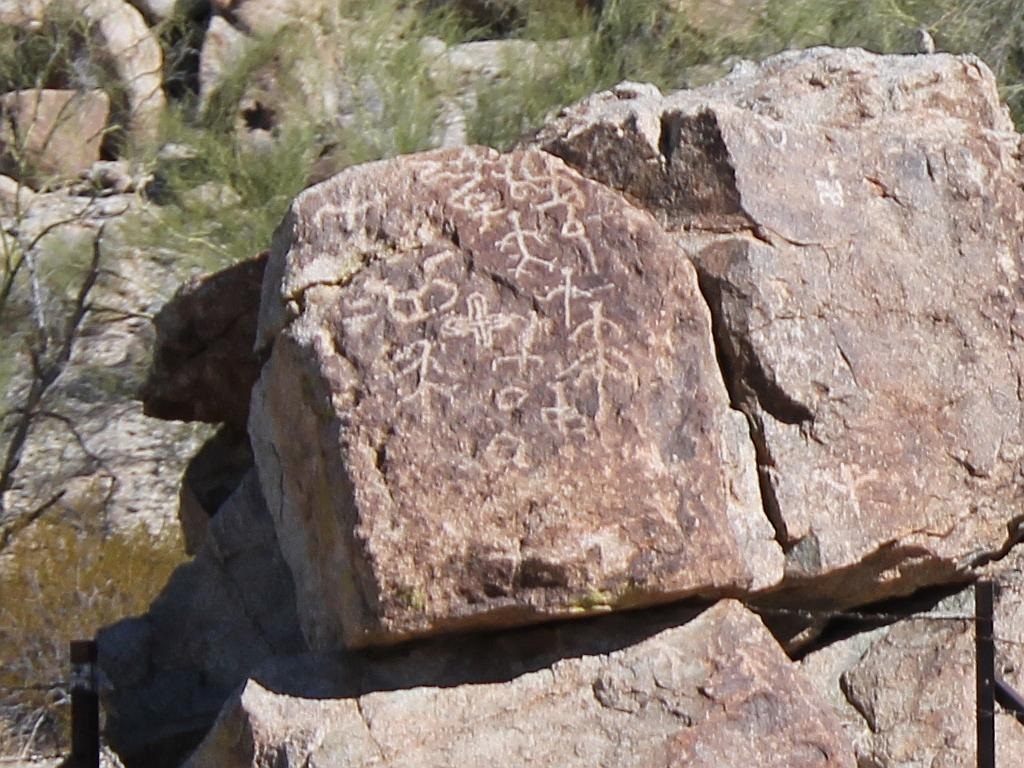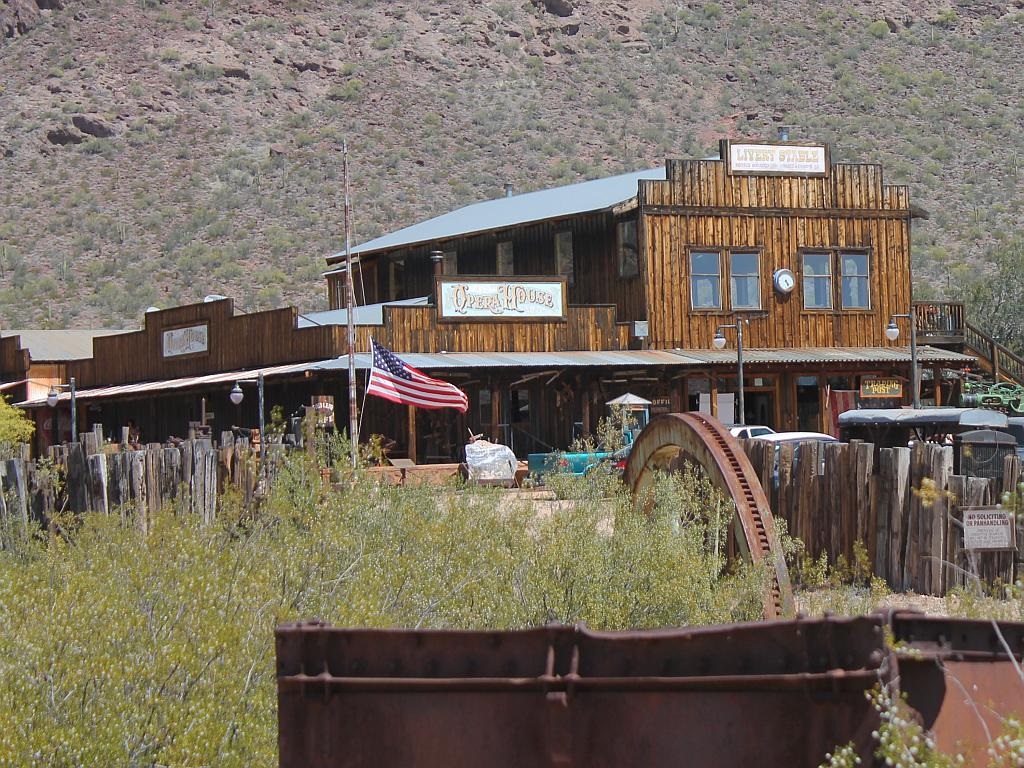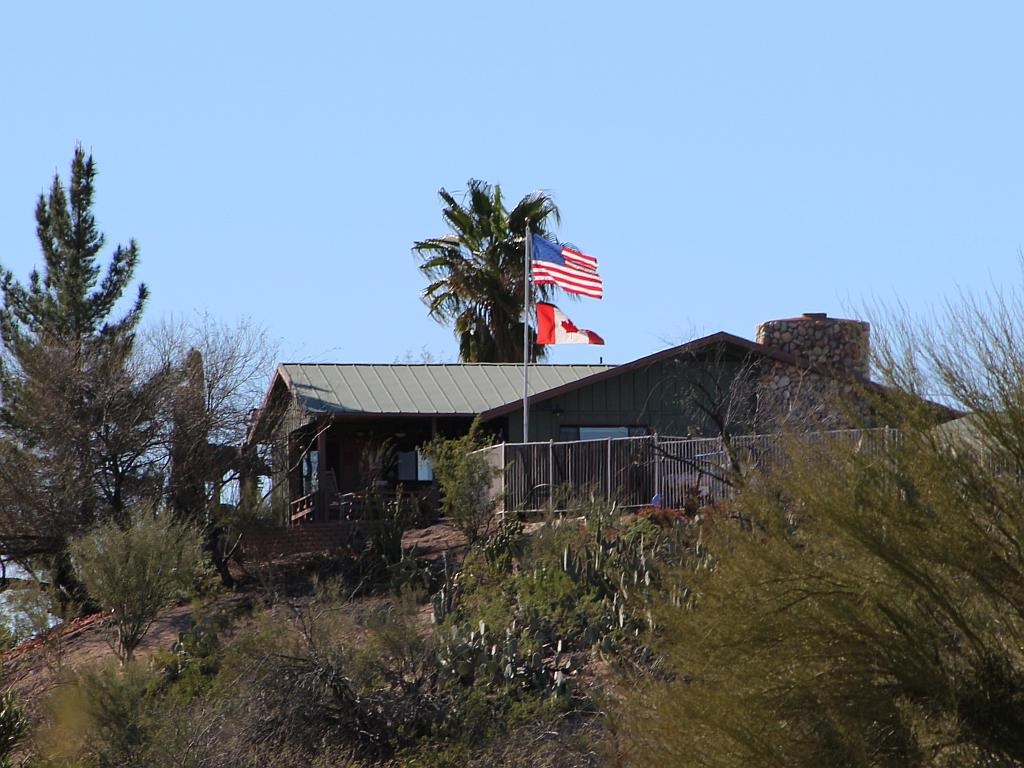 We changed the light bulb in the sconce behind the flagpole where it is visible from the road below to this nice shade of green, rather than bug light yellow. Why would we do that? Well, it seems there is a movement sponsored by Walmart and other veterans support organizations to “GREEN LIGHT” veterans returning to civilian life by encouraging employment of vets and other programs intended to give these American heroes the opportunities they need in order to transition back to the lifestyles they left prior to service.
We changed the light bulb in the sconce behind the flagpole where it is visible from the road below to this nice shade of green, rather than bug light yellow. Why would we do that? Well, it seems there is a movement sponsored by Walmart and other veterans support organizations to “GREEN LIGHT” veterans returning to civilian life by encouraging employment of vets and other programs intended to give these American heroes the opportunities they need in order to transition back to the lifestyles they left prior to service.
Damsel put the green party light in the supermarket shopping cart last week because she had seen a TV spot that encouraged the green light to show support for returning vets. I seldom question what she puts in the cart because – well just because – so it went home with the groceries. It was not until we were at home a couple of days later when I asked her about it. Eventually, I saw the TV spot that she had seen before and did the research to see what I could find on-line.
Here are some excerpts from the Walmart Community pages on Americans Encouraged to Greenlight Opportunity for Transitioning Veterans:
Today, empowering organizations including the Institute for Veterans and Military Families, Team Red, White and Blue, Team Rubicon, Hire Heroes USA and Blue Star Families joined Walmart to launch Greenlight A Vet. This is a campaign to help create visible and actionable national support for America’s veterans and their families. You interact with them every day at work, at school and in the neighborhood. However, it’s hard to show them support or recognize their contributions when, back home and out of uniform, they’re more camouflaged than ever.
A green light means go and that’s what veterans are known for – their ability to take action quickly no matter the challenge. They demonstrate great leadership skills in any situation and represent the best of America. Their involvement in communities is central to our nation’s success.
Anyone can Greenlight A Vet:
- Hire one today. Or help a veteran find a job.
- Volunteer and serve with veterans groups in your local community.
- Start a mentor/mentee relationship with a returning veteran.
- Raise awareness on social media.
- Or simply signal support by changing your porch light to green.
We are supporting those last two bullets with the green porch light, our blog and a link to our other social media places.





